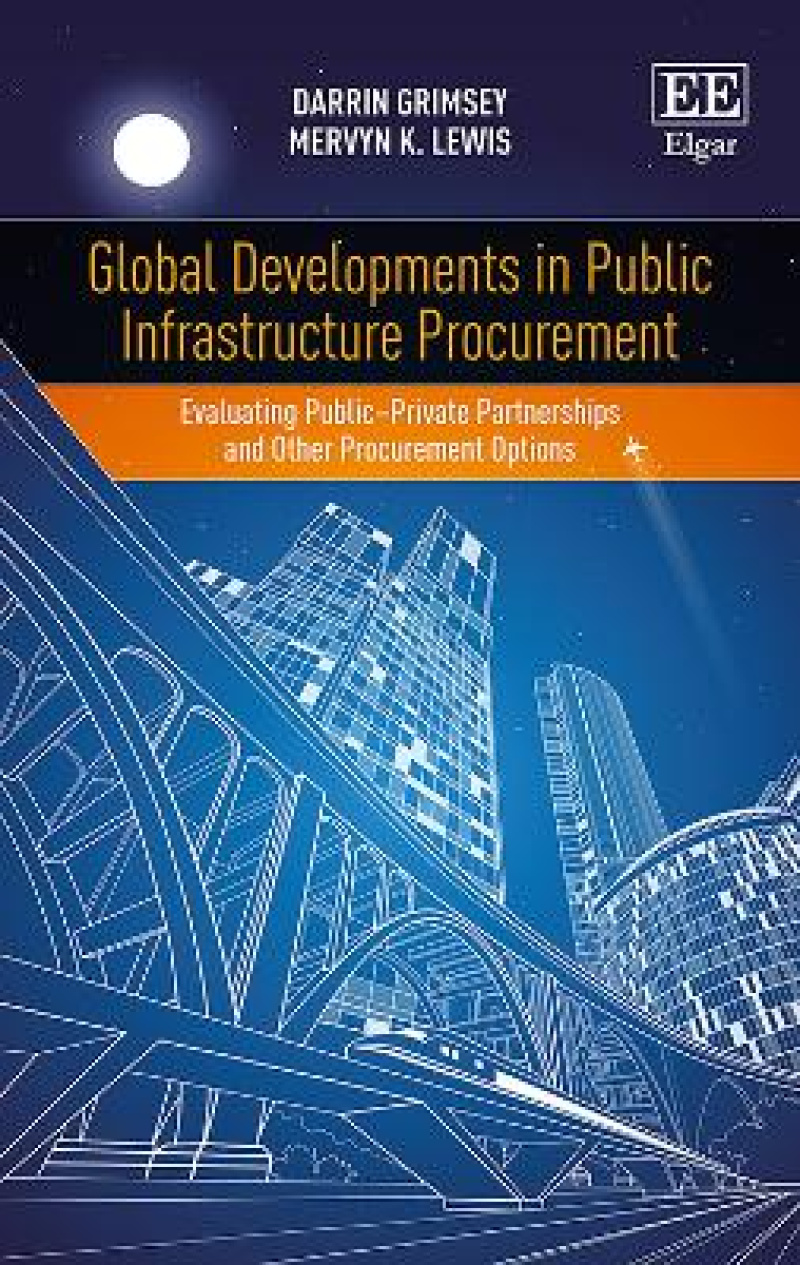<i>'The trajectories of infrastructure investment in China and the West are going in different directions. That is the focus of both the first and last chapters of this important book exploring the options available for the procurement of public infrastructures. During that discussion, Grimsey and Lewis address important questions: does public investment lead or follow economic development? What are the contributions of China's megaprojects to its fast-growing economic power? What can public-private partnerships do or not do when used in the procurement of public infrastructures? How do PPPs compare to other models of infrastructure procurement? In an ever-increasingly urbanized world, there are few more important discussions than how governments can pay for the infrastructures that make urban life possible. Grimsey and Lewis have made an important contribution to that discussion.'</i><br /> --Richard E. Hanley, CUNY Institute for Urban Systems, New York City College of Technology, US<p><i>'Today there is more public debate than ever about the state of public infrastructure and the wisdom of selecting particular options for significant investments. This timely publication by Grimsey and Lewis, building upon their earlier key contributions to this debate, is one of the very few publications to place infrastructure investment within the wider contextual financial framework in which these projects exist. The key drivers and barriers to current infrastructure investment are clearly and expertly presented and these principles are illustrated by considering the position in China and the US at opposite ends of the investment spectrum. The informed consideration of public-private partnerships, (PPPs), is welcomed. This excellent publication cuts through the emotional arguments associated with private finance for public infrastructure and demonstrates that, while not a panacea, the PPPs in certain locations, for certain projects and by certain procurement routes do have a clear role to play in infrastructure and service investment.'</i><br /> --Nigel Smith, University of Leeds, UK</p>
Drawing on international experiences and case studies, Darrin Grimsey and Mervyn Lewis consider some of the best and worst examples of public-private partnerships, new funding methods and infrastructure megaprojects. By offering a conceptual basis for infrastructure decision-making, the authors identify ways to improve infrastructure procurement processes. Focusing on urbanization as a driver of innovation in infrastructure, both the historical context and the future prospects of public infrastructure are analysed. Significantly, the book also examines China's ambitious plans to create a 'high-speed rail economy' and its Belt and Road Initiative across Asia that offers an interesting contrast to infrastructure developments in the United States and other advanced economies.
Global Developments in Public Infrastructure Procurement is an essential source of reference for academics and students of economics, public sector finance and urban infrastructure.

